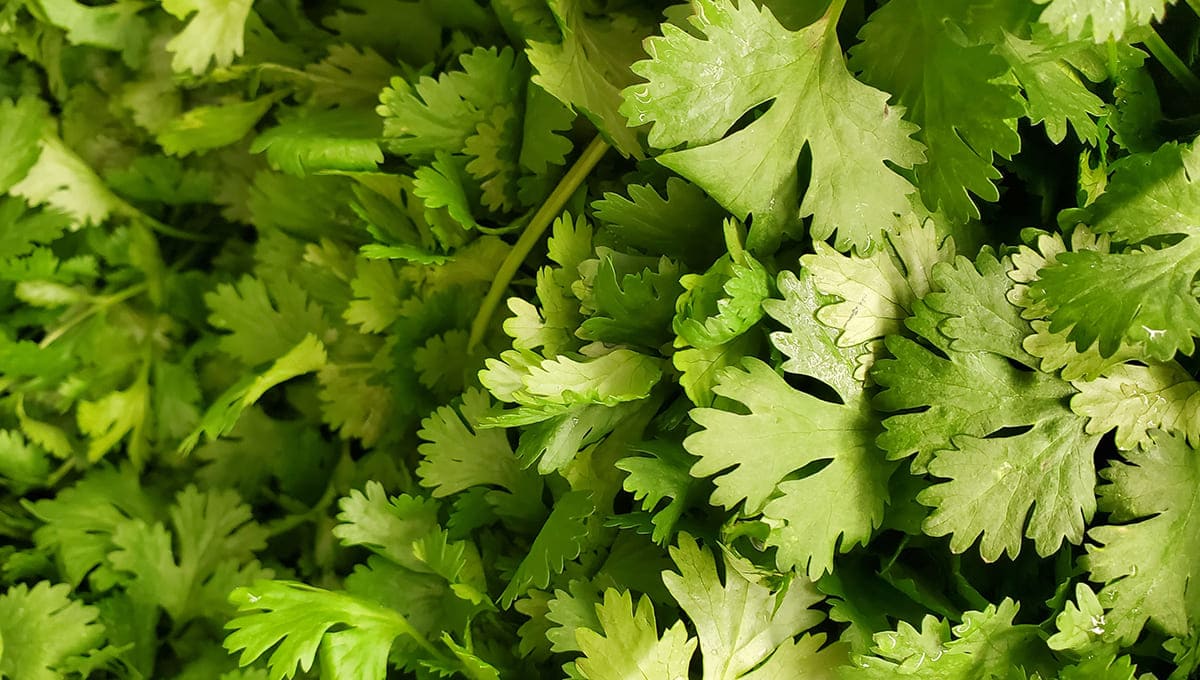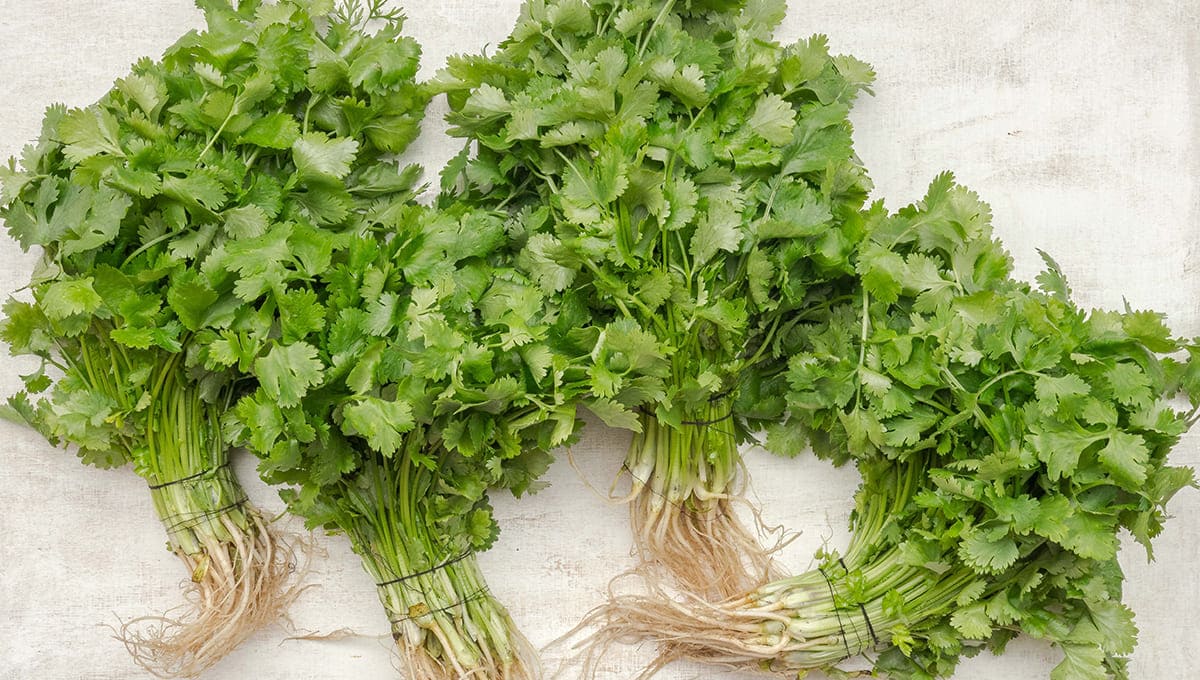Coriander has achieved a great reputation as used traditionally for digestive aid and culinary spices across the world. It not only makes food more colourful and flavorful but also acts as an anti-food poisoning agent. Plus, coriander seeds also have many health benefits, learn here - “Benefits Of Coriander Seeds”. But, why load your wallet to purchase it from any grocery shop. Grow coriander at home with some easy techniques.
Coriander has bright green leaves and a pungent smell, just like onions. It has a flat and thin stem with attractive leaves, which makes your balcony a showy display. Coriander grows well next to basil. So, let’s learn about how to grow coriander at home or indoor.
Growing Coriander At Home
Coriander herb can be grown indoors in a wide range of climatic conditions. But don’t choose summer to grow it as it can reduce its foliage development.
Coriander can mature in 40 to 45 days, also used as a crop rotation.
Coriander Herb Plantation
The best way to taste the benefits of fresh coriander herb is by growing coriander at home. You can buy healthy, pure, Non-GMO, heirloom coriander seeds.
Sow coriander seeds indoors in early spring or late winter.
Now follow the below steps:
Step 1:
Coriander seeds do well in temperatures between 17-27° C. Its best to grow coriander directly in pots rather than growing in seed trays. Then, transplant the sprouts.
Step 2:
Coriander herb prefers full sun and well-drained soil with a pH of 6.2 to 6.8.
Sow the seeds about 1 inch deep and 6 inches apart. Cover the seeds with soil and drench the soil with Organic Plant Food with water for rapid rooting and growth.
Step 3:
Water your plants regularly whenever the topsoil layer looks dry, but don’t make the soil soggy. Be sure to make proper drainage holes to keep roots healthy as coriander has a deep taproot system.
Step 4:
Coriander seeds take 2-3 weeks for germination. When the plants become young, thin them to 20 cm apart, so they reach their full size.
Regularly snip soft stems and rotate the plant while harvesting to extend the coriander harvest.
Care Your Coriander Herb
As coriander loves cool-weather, like lettuce and spinach, grow them in partial sun.
Avoid repotting, and transplantation of germinated seeds and start directly from seeds to avoid bolting.
Water your coriander herbs regularly.
Feed your plants weekly throughout the growing season with Organic Fertilizer to promote growth and greening.
Harvesting Coriander Herbs
Once the plants become 6 inches tall, harvest your coriander herbs. Cut the stems at soil level.
At this height, the stems tend to be more pungent than leaves, and leaves will be tender and least bitter.
Harvesting Coriander Seeds
Once the coriander plant develops seed heads and flowers, harvest the seeds. The harvested seed heads should be brown in colour.
Dry them before using them in recipes. Store them in an airtight container until they are ready for plantation. Also, you can sow them immediately for a continuous crop.
How to grow Coriander Leaves/ Dhania/ Cilantro at home
Grow coriander leaves with one of the easiest methods of sowing seeds indoor via sprouting.
Pre-soak the coriander seeds overnight in a shallow dish then, place seeds in a plastic bag. Place the bag for one or two days in a spot that gets decent sunlight so that their sprout appears. Add water if needed to retain moisture in the plastic bag.
Once the sprouts have been formed, add potting soil to the bag.
When the sprouts have expanded in size, place the seeds in a container filled with fresh soil. Cover the seeds with a potting mix. Now, place the container in a spot that gets 4-5 hours of sunlight every day indoors. And for outdoor, choose a shady spot.
Growing Coriander In Pots
Coriander is a fast-growing annual plant that can grow up to 12-22 inches.
You can grow it indoors as well as outdoors with a little care. Its best to grow coriander in a huge planter with other herbs as herbs are great neighbours to encourage healthy growth.
Here is a step by step guide to growing coriander indoors.
Spot
Pick a spot for your coriander plant, which gets at least 4-5 hours of sunlight. We recommend you to give your plants a touch of the morning sun as they enjoy to sit in light but not too much heat.
Container
Choose a container that is approx 10 inches deep to provide enough space for the roots. Make proper drainage holes in the bottom of the container to keep the coriander roots healthy.
Soil
If you want to grow coriander seeds indoors, you need extra fertile soil. The roots of indoor coriander seeds cannot access as much soil for nutrients as in the garden because their root system is limited.
Sowing
Pre-soak the seeds overnight and space the seeds 3-4 inches apart. Also, you can sprout the seeds before sowing.
Watering
Water your plants when the topsoil layer looks dry. Water your coriander until the water comes out of the drainage holes. Be sure to keep the soil moist and not soaked.
Harvest
To keep a steady production throughout the season, plant new coriander seeds every six weeks. Follow the steps for harvesting coriander as you did in the coriander herb harvest.
While growing coriander, you will face some problems. Protect your plants by making the right decision.
1) Bolting
Coriander tends to bolt straight into flowers, instead of growing leaves. This means they jump straight to the flowering stage. Bolting occurs due to insufficient watering, heat and transplantation.
However, you can prolong the leaf production phase by following some instructions.
Keep the soil moist and place the pot in partial shade. Be sure to give them sunlight too.
2) Root Rot
Coriander might suffer from root rot, developed if the roots of the plant become too wet. So, improve the drainage system of soil.
Do not overwater your plants as it leads to some leaf diseases. The best way to water properly is to avoid watering in the evening.
Pests & slugs that can affect Coriander
Coriander is also prone to whitefly, powdery mildew, aphids, wilt, carrot mother dwarf, bacterial leaf spot, cutworm, armyworm, nematodes.
Coriander can have problems with aphids and whitefly, wilt or powdery mildew, bacterial leaf spot, carrot motley dwarf, armyworm, cutworm, and nematodes can also infect the crop.


